Keeping Algae At Bay
Warmer weather is finally here and water gardeners are surfacing, ready to enjoy a new pond season. This spring, help them gear up for proper pond care, especially if uninvited guests like algae are preying on their ponds. How can you help your pond-owning customers send aggressive algae packing this season? A few basic maintenance and prevention tips are all it takes to keep algae from invading your customers’ relaxing aquatic retreats. Teach them the fundamentals of maintaining clear water and eliminating unattractive algal growth.
The Scoop
Left to its own devices, algae can quickly get the upper hand when conditions are ripe for algae blooms a rapid onset of algae growth. Longer days bring more sun exposure and warmer water temperatures. Algae will thrive because of the increased sunlight and nutrients from organic matter in uncirculated, still water.
For your customers to fight algae effectively, you need to give them a clear understanding of the different types of algae since each one requires a different solution. There are two that are most commonly recognized.
Green water is caused by single-celled algae, which clouds the water and robs it of oxygen while releasing harmful pollutants. In fact, these organisms are so tiny that they pass through even the finest filter. The other is string algae (or blanket weed) and hair algae, which is caused by filamentous species of algae that grow in long strands, forming mats that adhere to rocks, plants and waterfalls.
Sight Unseen
Any well-rounded pond-keeping program includes the proper equipment, such as pumps, filters and UV clarifiers, as well as tried and true tactics that aid these pieces of equipment in the attack on algae. Of all the problems experienced by pond owners, none receives as much attention as algae. Its presence not only obscures the view of beautiful fish and makes pond water look like pea soup, but also creates thick mats of blanket-weed, causing fish and plants to become entangled in an unpleasant cover of slimy, green mush. Unlike pond equipment, which can be buried or concealed, the best way to hide algae is to prevent its growth in the first place. Because single-celled algae even will turn well-maintained ponds green, help your customers identify the root cause to treat the condition properly.
While pond keepers may not think of aquatic plants as pond equipment, in reality they function just like a filter or UV clarifier. For example, in a natural setting, plants will absorb the nutrients produced by fish. Marginal and floating plants will provide shade, depriving algae of sun and nutrients needed to thrive. Recommend adding varieties, such as water lilies, irises and canna hybrids, to complement your customer’s filtration system.
Green water is most effectively kept under control with robust mechanical and biological filtrations that remove debris and impurities from the water to foster a clean and healthy ecosystem. Filtration is essential to the water quality and the health of pond fish. Biological filtration promotes beneficial bacteria, which converts harmful ammonia into helpful nitrates that fertilize plants and are relatively harmless to fish. Comparatively, mechanical filtration uses foam filters to physically trap dirt and debris and prevent buildup. Units that combine both biological and mechanical filtration can offer your customers convenience plus save valuable pond space.
When filters are supplemented with an ultraviolet clarifier, the pond is well equipped to ward off green water. UV light disrupts the reproductive capability of single-cell algae. Once algae die, they clump together and are trapped by the filter media for easy removal.
Finally, as the heart of the pond, pumps move water to the filter. The pump should circulate the entire volume of the pond at least every two hours for a healthy ecosystem.
Beauty Of Maintenance
To keep water clean and clear, recommend water-clarifying algae treatments, which can be used as needed. For fish and plant safety, make sure the algaecides you offer to treat string algae, hair algae or blanket weed are EPA approved. Offering treatments like barley straw extracts and liquid peat are all-natural approaches to pond maintenance. They clear pond water through the release of beneficial humic acids without the mess of barley bales.
Other simple tools for keeping the pond algae free include skimming nets, pond nets, netting and bottom drains. Skimming nets are used to remove algae and algae-causing debris from the pond surface and bottom. Pond nets with telescoping handles can also remove debris with the added capability of handling fish via a deeper net. Eliminating string algae, hair algae or blanket weed may also require removing some of it by hand and hosing off waterfall stones and other surfaces before treating the pond. To prevent debris from entering the pond, especially during fall and spring in northern climate zones, suspended netting over the pond will do the job.
Encourage your pond keepers to monitor their water quality. Recommend testing on a regular basis for pH, nitrites, general hardness, carbonate hardness or alkalinity and ammonia so they can detect issues early. Or if it’s easier for customers, you can offer to test their pond water samples they bring to your store.
Customer Success
Empower your water gardeners by keeping the products they need stocked and helping them understand which products are best for their particular situation. Dedicate one or more knowledgeable pond experts to work closely with pond keeping customers, providing one-on-one advice for their unique needs.
For times when there are not enough associates to go around, your merchandising will need to do the talking. Shelf talkers that outline the benefits and features of various Á algae-fighting products, free reference brochures on water quality and pond care, fact sheets on the types of algae, and point-of-purchase signage offer effective ways to make understanding what to buy easier. These materials can help you show customers a “pond system” that makes water care, fish care and overall pond care easy to digest and implement step by step. Helping customers adhere to best practices will fuel their confidence and keep them coming back for more.
Reminding your pond keeping customers of these simple algae-preventing practices now can save them a lot of sweat and frustration throughout the pond season, and it will make you a trusted resource throughout the lifecycle of their hobby.



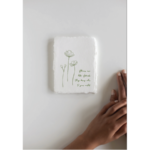

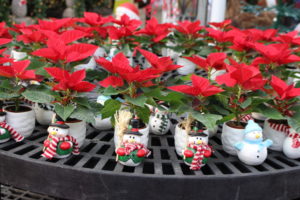
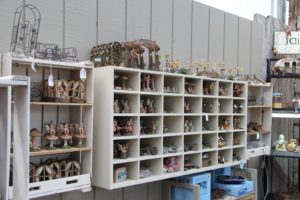

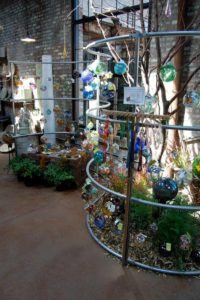
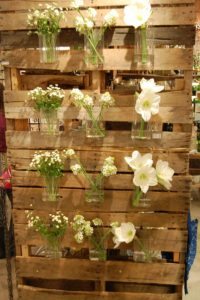
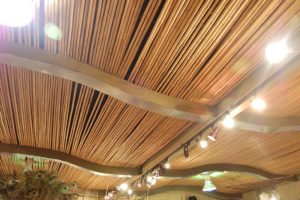






 Videos
Videos





